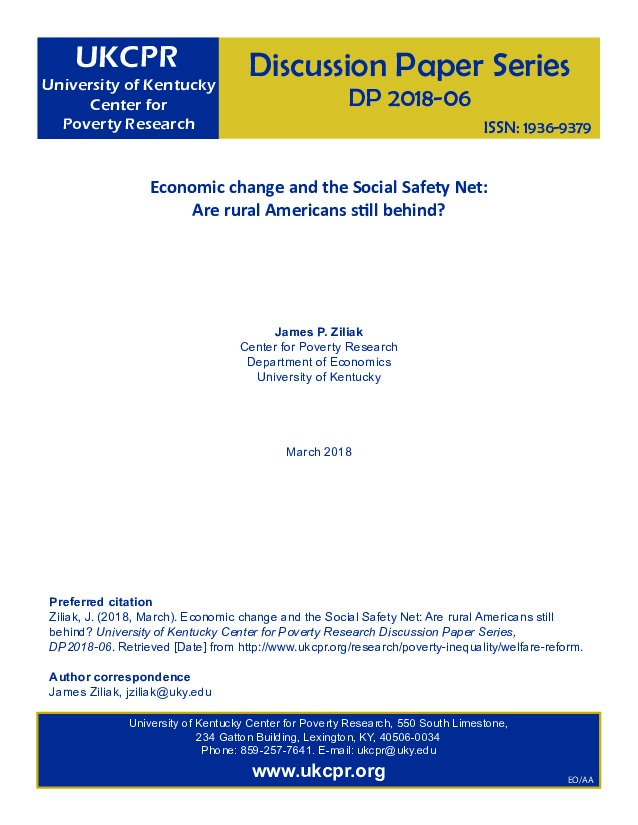This aim of this paper is to assess the economic status of rural people five decades after publication of President Johnson's National Commission on Rural Poverty report The People Left Behind. Using data from the Annual Social and Economic Supplement of the CPS, along with county data from the Regional Economic Information System, I focus on how changes in employment, wages, and the social safety net have influenced the evolution of poverty and inequality in rural and urban places. The evidence shows that large numbers of rural Americans are disengaged from the labor market, gains in human capital attainment have stagnated, and the retreat from marriage continues for the medium- and less-skilled individuals. However, the social safety net has been more effective in redistributing income within rural areas than in urban centers. Work, education, and marriage are the three main pathways out of poverty for most Americans, whether residing in urban or rural locales, and thus making progress against poverty and inequality faces major economic and demographic headwinds.
Research
Poverty InequalityPDF Thumbnail
